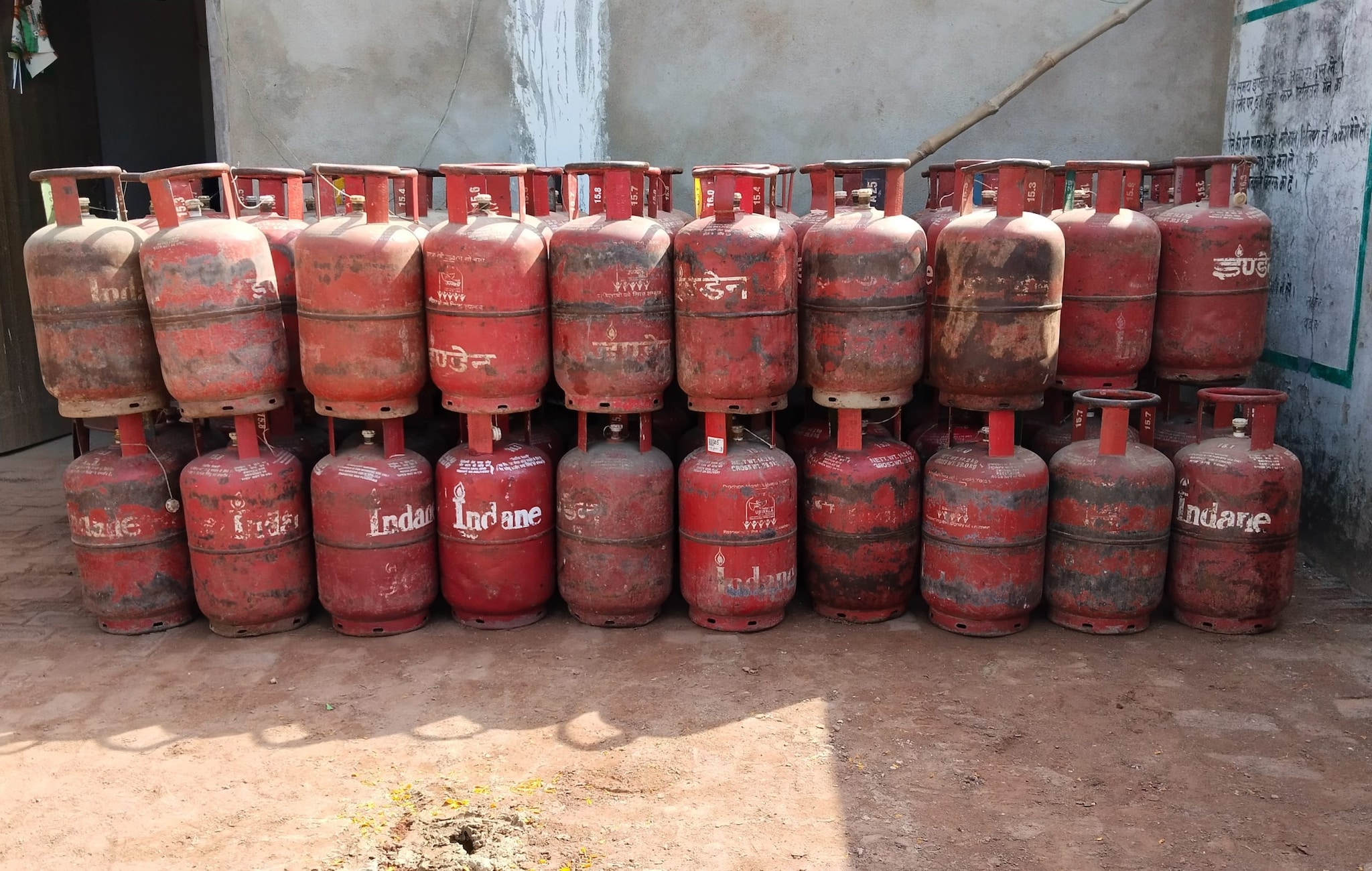Worst offenders Broad new tariffs on U.S. trading partners , including huge penalties for those on President Trump’s “worst offenders” list.
Up next: the threat of additional levies on pharmaceutical imports. The moves have hit jittery investors in the gut yet again, with bonds, Asian and European stocks and oil sharply lower on fears for the global economy. Business leaders and policymakers are left to wonder: Is the president serious about cutting deals — or is the endgame to usher in a new protectionist era of global trade? “Sometimes you have to mix it up a little bit,” the president said on Tuesday, in remarks that framed his tariff policy as an eventual boon for American manufacturing and the economy, if also “ for markets.

He also appears intent on ratcheting up his conflict with China, including a 104 percent tariff on Chinese imports. (China threatened an additional 50 percent duty on U.S.
imports.) The tit-for-tat measures by Washington and Beijing are threatening collateral damage for global supply chains. S&P 500 futures point to another volatile day.
On Tuesday left the benchmark index a whisker away from a bear market. Assessing the sharp sell-off, JPMorgan Chase’s , as did the Cboe Volatility Index, known as Wall Street’s fear gauge. Just in: reported first-quarter results, saying “growth has largely stalled” on economic uncertainty, and declined to give a full-year outlook.
Of increasing concern for many is the sharp sell-off in Treasury bonds and notes since Friday, which is bad news for American borrowers. “I haven’t seen moves or volatility of this size since the chaos of the pandemic in 2020,” , a portfolio manager at the hedge fund Blue Edge Advisors, told Bloomberg. Keep an eye on Wednesday’s 10-year Treasury bond auction.
Futures tied to West Texas Intermediate, the U.S. oil benchmark, have slipped below $56 as investors worry about a worldwide economic slowdown drying up demand.
That’s well below the “all-in” break-even price for domestic producers, according to the research firm Rystad Energy, and could strain relations between Trump and some of his Big Oil backers. (So far, they’re publicly.) China’s offshore yuan , leading market watchers to question whether Beijing was intentionally devaluing its currency — something Trump has complained about — to lessen the hit from tariffs.
but the timeline is unclear. Japan and South Korea appear to be first up, but scores of other countries and regions, including China and the European Union, are in limbo. We are having trouble retrieving the article content.
Please enable JavaScript in your browser settings. Thank you for your patience while we verify access. If you are in Reader mode please exit and your Times account, or for all of The Times.
Thank you for your patience while we verify access. Already a subscriber? . Want all of The Times? .
.
Business

What Is Trump’s Tariff Endgame? Recession Fears Grow.

Another sharp sell-off in stocks and bonds greeted President Trump’s latest round of protectionist measures as fears of a U.S. recession grow.














